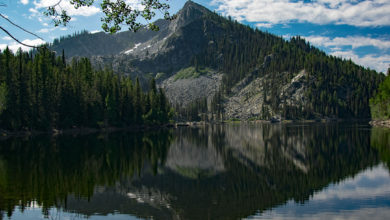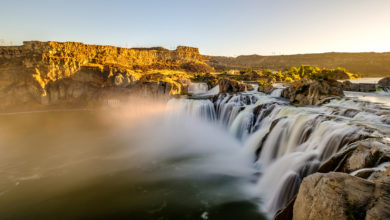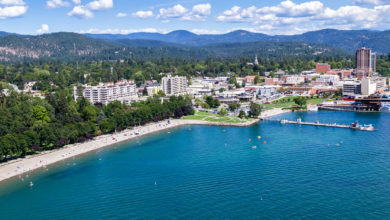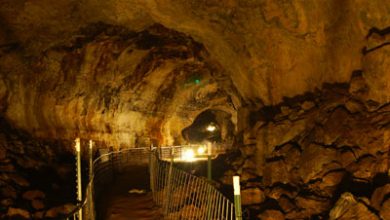Incredible Idaho’s Most Amazing Locations
Here are the 4 most awesome natural wonders in our state
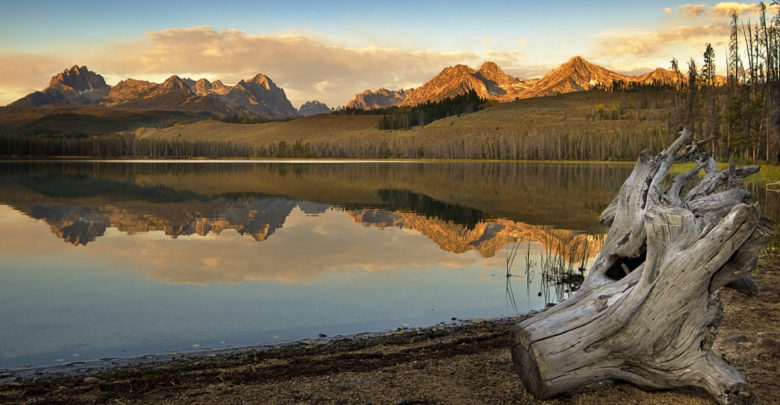
Idaho is home to over 1.7 million Americans. It’s the 14th largest state in the country. Idaho is often called the “Gem State” because over 70 precious gems can be found naturally occurring in the state. If you live in the United States and you’ve ever eaten potatoes, chances are those potatoes were Idahoan. Idaho is also home to Hells Canyon. At 7,900 feet deep, it is deeper than the Grand Canyon. But there’s more to Idaho than gems, potatoes and Hells Canyon. Idaho is also home to some of the country’s most beautiful natural wonders. Here are four of them.
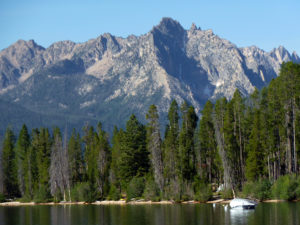
The Sawtooth Mountains
The Sawtooth Mountains are part of the Rocky Mountains located in central Idaho. The highest part of the Sawtooth Mountains is at the summit of Thompson Peak, where the mountain stands some 10,751 feet above sea level. The Sawtooth Mountain Range encompasses about 680 square miles. Within the range are 57 different mountain peaks with an elevation of greater than 10,000 feet each. All of the 57 peaks stand between 10,000 and 10,751 feet in elevation.
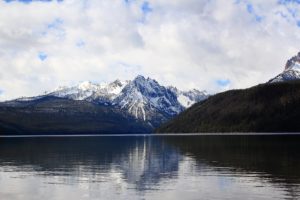
This beautiful area in central Idaho is home to nearly 400 lakes. Each of these lakes was created by receding glaciers in the area. The famed writer Ernest Hemingway was particularly fond of this mountain landscape. His body is even buried in the Ketchum area nearby. (Incidentally, you can find Hemingway’s grave off the road, under a grove of trees, near the graves of his relatives. It is routinely adorned with pennies from passers-by, and occasionally, someone will leave an old beer bottle or something similar on his grave.)
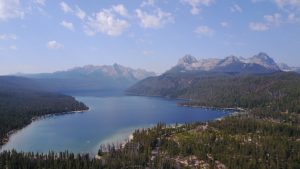
The Sawtooth National Recreation Area encompasses over 750,000 acres of impressive mountain country. The Recreation Area includes over 700 miles of trail and includes 40 of those amazing 10,000+ feet high peaks. The area is also home to over 300 mountain lakes that only add to the area’s astonishing beauty. The Sawtooth National Recreation Area is the perfect retreat for outdoor enthusiasts, especially those who enjoy camping, hiking, photography, bicycling, canoeing, fishing and boating. For information about the Sawtooth National Recreation Area, explore www.visitidaho.org.
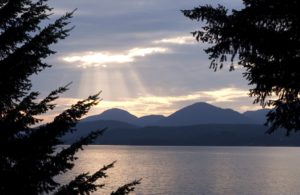
Lake Pend Oreille
Lake Pend Oreille is located in the panhandle of Idaho and stretches across two counties. The pristine lake is 43 miles across and has a surface area of 148 square miles, making it the largest lake in northern Idaho. It reaches depths of over 1,100 feet in some places, making it mimic the open ocean sometimes. It’s also the fifth deepest lake in the United States. Lake Pend Oreille is a glacial lake, formed by ice moving southward from Canada.
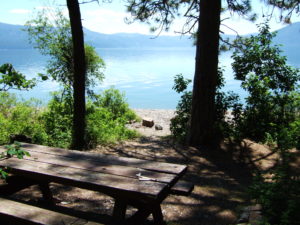
Lake Pend Oreille boasts 111 miles of beautiful shoreline, but that’s not the only beauty near the lake. It is surrounded by national forests and a few small towns. The forests feature impressive beauty in their own right. There are Douglas firs, poplar, quaking aspen, hemlock, ponderosa pine and more. Animal wildlife is abundant in the area as well. One can see elk, gray wolves, moose, squirrels, black bears, grizzly bears, coyotes and bobcats. There are also bald eagles, osprey, owls, hummingbirds, mountain bluebirds, ducks and other species of birds.
Lake Pend Oreille is pristine and crystal clear, and the area surrounding the lake is just as beautiful. No wonder this lake is considered one of the Gem State’s most beautiful natural wonders.
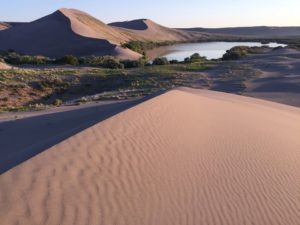
The Bruneau Sand Dunes
The Bruneau Sand Dunes at Bruneau Sand Dunes State Park stand an impressive 470 feet high, and unlike other dunes that migrate, the Bruneau Sand Dunes are fairly stable, thanks to relatively constant winds that push in opposite directions. At nearly 50 stories high, the dunes are referred to as the tallest “single-structured” dunes in America. The state park is located about 15 miles south of Mountain Home, Idaho.
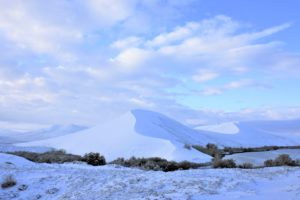
There are three major dunes within the Bruneau Dunes. Each of them can reach boiling temperatures even during mild heat. A natural trap in the dunes has made sand collect in a semicircular basin within the dunes for thousands of years. Geologists even believe that the Bruneau Dunes we see today might have their origin with sands from the Bonneville Flood that happened approximately 15,000 years ago. Whether that’s true or not, the dunes are magnificently beautiful and it’s worth a trip to see them.
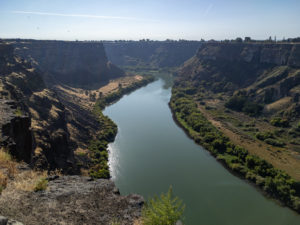
The Snake River
The Snake River is a major river in the Pacific Northwest region of the United States. It is the largest tributary of the Columbia River at nearly 1,100 miles long. It’s also the largest North American river that empties into the Pacific Ocean. The Snake River rises in western Wyoming, but it flows through southern Idaho’s Snake River Plain. It continues on through Hells Canyon at the Oregon/Idaho border and winds through Washington’s Palouse Hills before emptying into the Columbia River.
Geologists believe that the Snake River Plain was created by a volcanic hotspot, one that currently lies underneath the river’s headwaters in Yellowstone National Park. They also believe that glacial-retreat flooding during the Ice Age was responsible for the canyons, cliffs and waterfalls along the Snake River.
The Snake River is a popular river for fishing and for float trips. Trips down the Snake River offer tourists some of the most beautiful views of the majestic Grand Tetons in the distance. The river, the surrounding nature and the mountain backdrop is as breathtaking as it is unforgettable.

